Terminal Removal Procedure Guide
Product Overview
This guide provides comprehensive instructions for the removal of terminals from connectors. It is essential for ensuring that connectors and terminals are not damaged during the extraction process. This guide includes details on using the appropriate tools and step-by-step instructions tailored to various terminal styles.
Manual Extract: Removal of Terminals from Connectors
Special tools are necessary to safely remove terminals without causing damage. Utilize the harness diagnostic and repair kit, part number 380040185, for effective repairs to wires, harnesses, and connectors. Due to the design of connectors, which securely retain terminals, these can be challenging to remove.
Key Features
- Detailed extraction process for different terminal styles.
- Emphasis on using the correct tools for safe removal.
- Comprehensive guidance for handling connectors and terminals.
Benefits
- Protects terminals and connectors from damage during removal.
- Improves the ease and safety of performing repairs.
- Enhanced understanding of terminal removal processes.
Usage Recommendations
- Always disconnect the mating connector before commencing any removal procedure.
- Ensure tools are appropriately sized to avoid any damage to terminals.
- If resistance is felt during removal, re-evaluate the positioning of the terminal locking tang.
Step-by-Step Terminal Removal Instructions
- Disconnect the mating connector.
- Remove any wire or TPA lock.
- Grasp the wire and push the terminal to the foremost position within the connector cavity.
- Ensure the terminal locking tang is no longer engaged with the ridge inside the connector cavity.
- From the mating end, locate the terminal lock tang in the connector cavity channel.
- Insert a suitably sized pick or safety pin into the connector cavity from the mating end.
- Depress the lock tang with the pick or pin to unseat the terminal.
- Carefully pull the wire to fully remove the terminal from the back of the connector.
NOTICE: If force is necessary to remove the terminal, the locking tang may not be adequately depressed. Do not apply excessive force, as this may result in damage.
Only logged in customers who have purchased this product may leave a review.

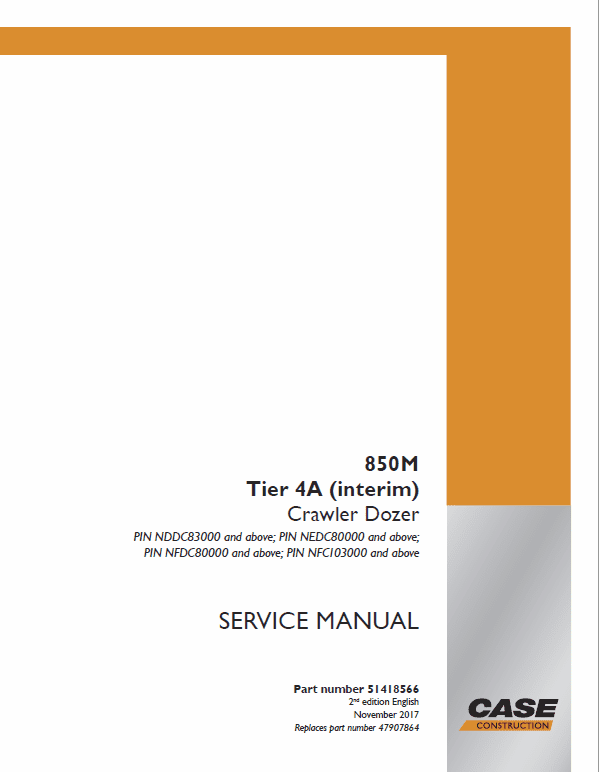
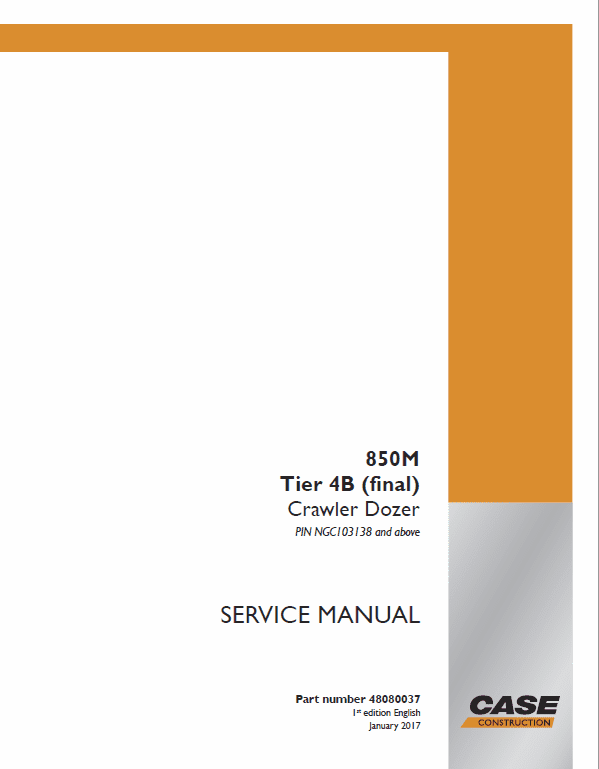
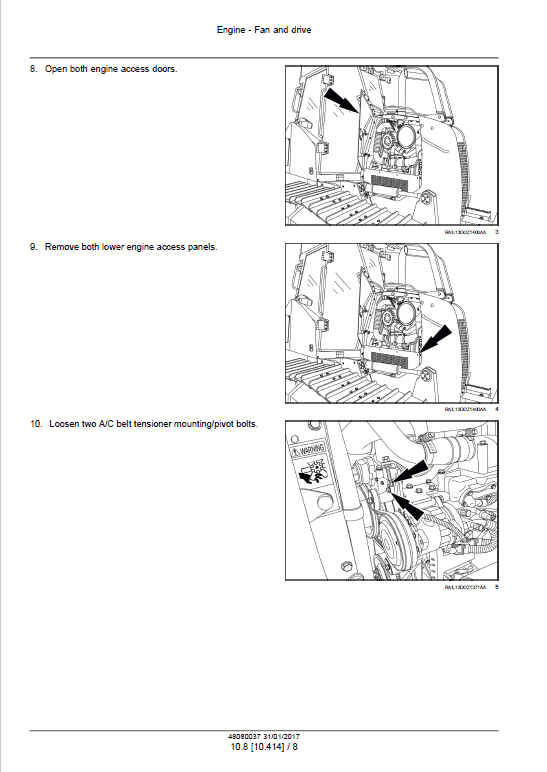
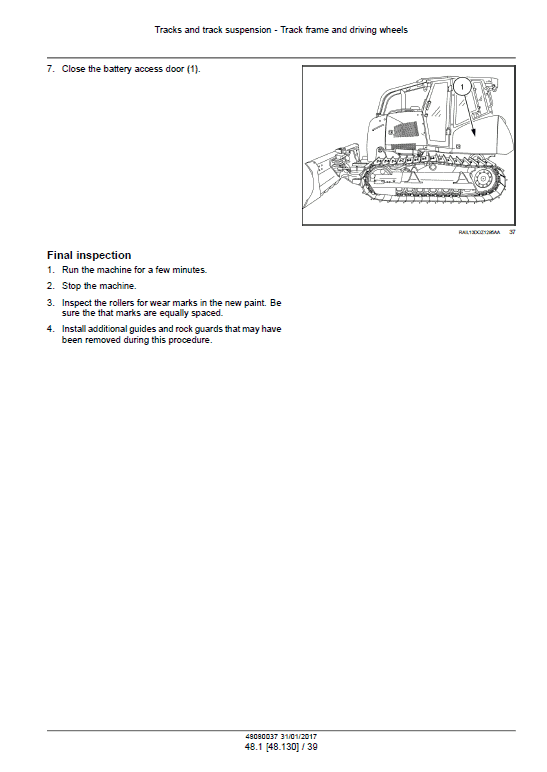
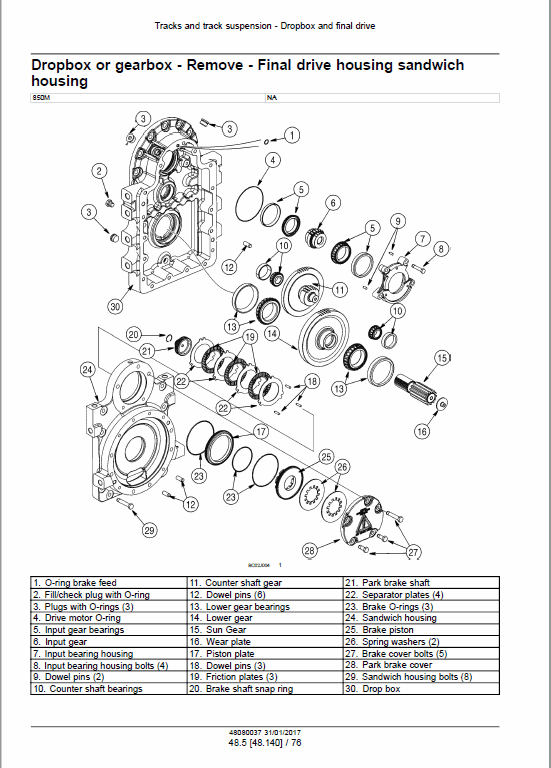
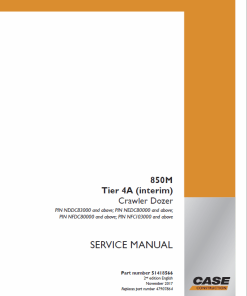
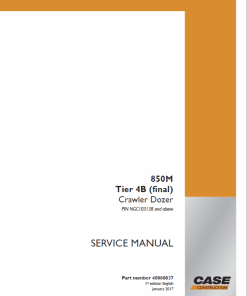
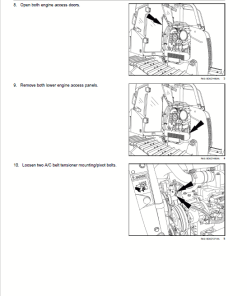
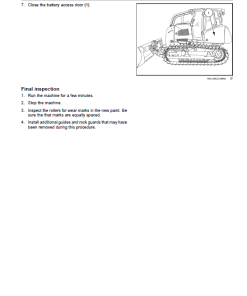
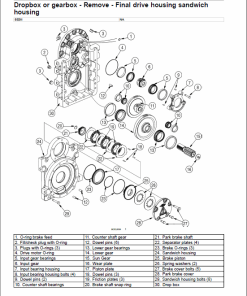
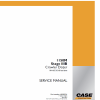
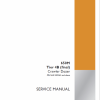
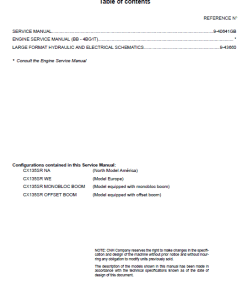
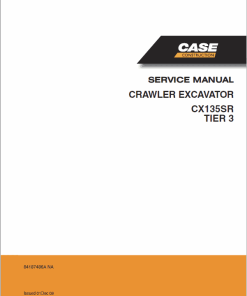
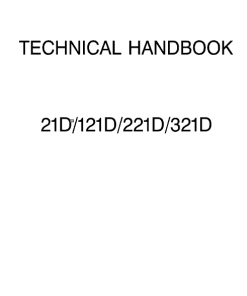
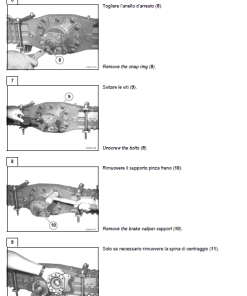
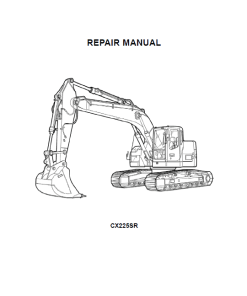
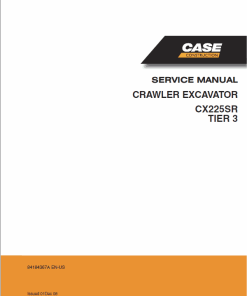
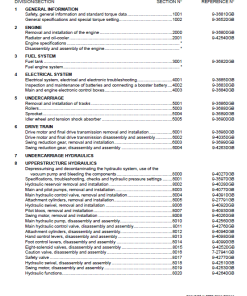
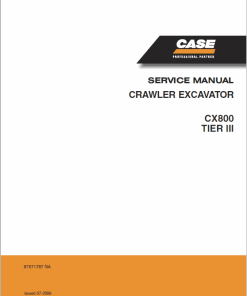
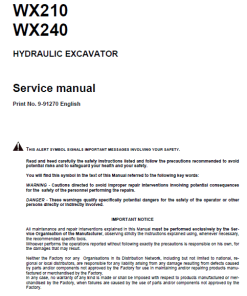
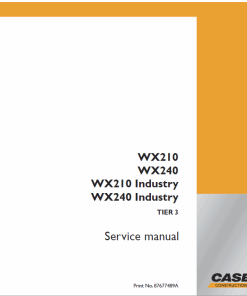
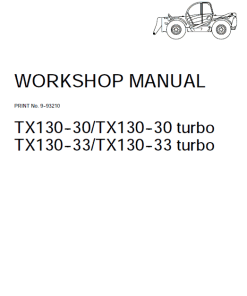
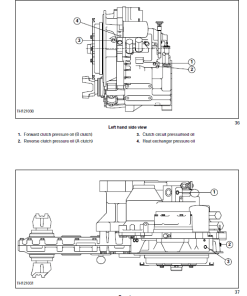
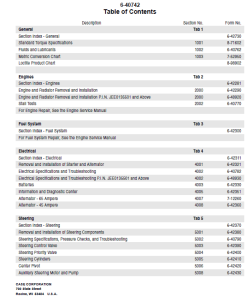
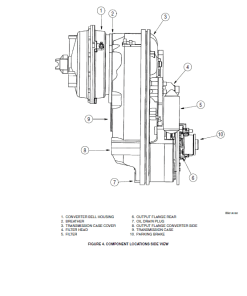
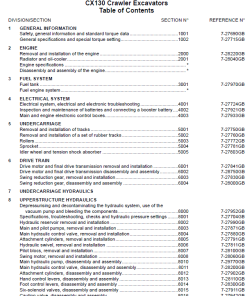
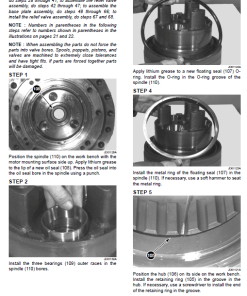
Reviews
There are no reviews yet.